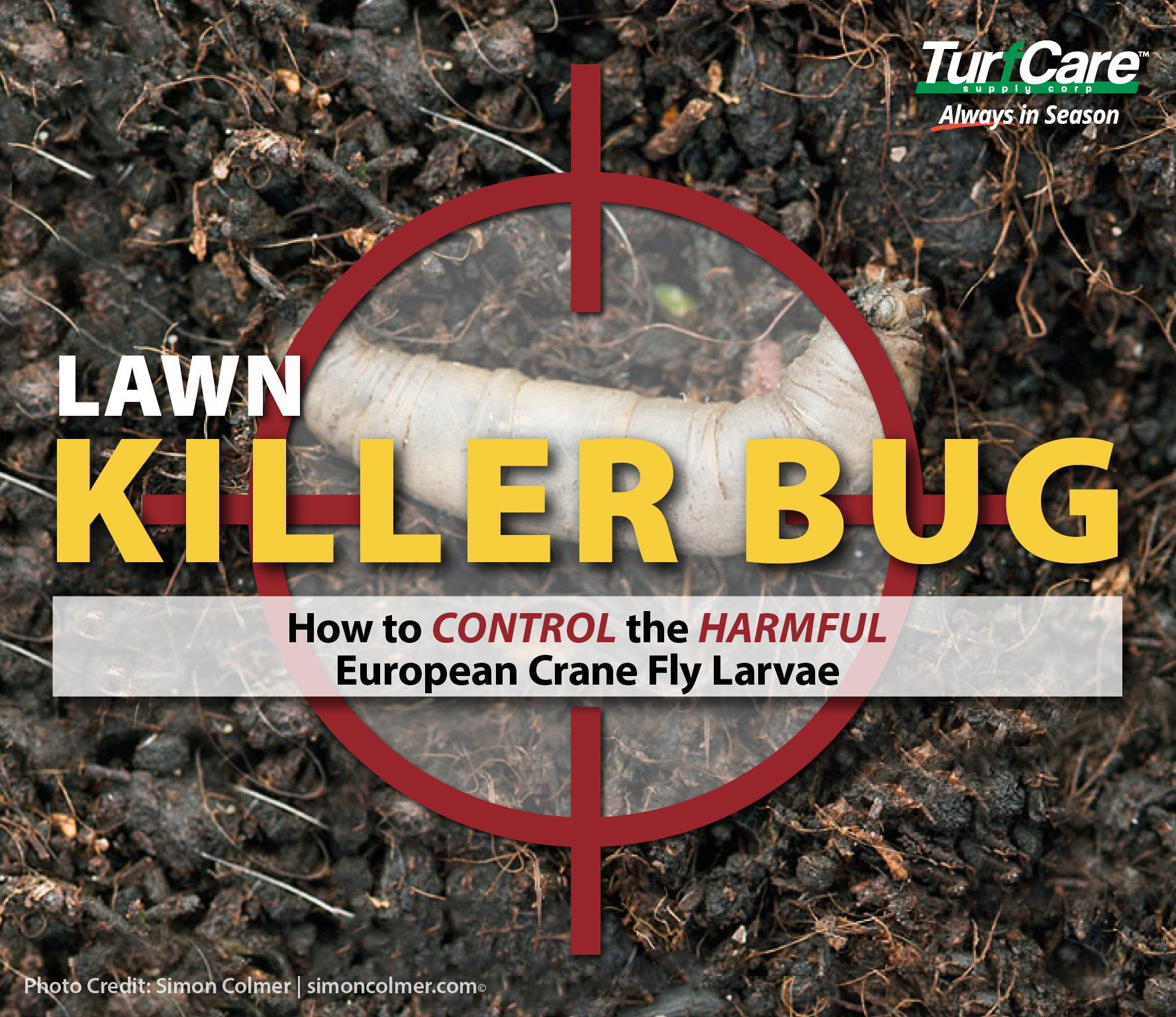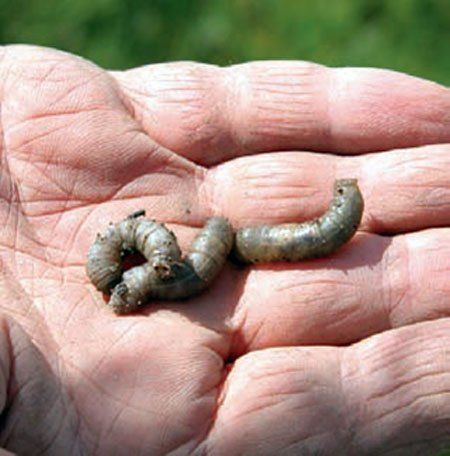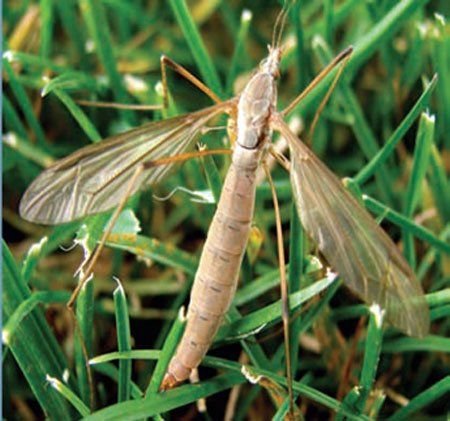HOW TO IDENTIFY
European crane flies, or, Tipula paludosa, are insects that are not native to the United States but became invasive in the late 1900’s. They are often mistaken for large mosquitos but they cannot bite or sting. These insects are a threat to turf because the larvae, known as leatherjackets, feed on grass shoots during the evening and the roots during the heat of the day. The European crane fly’s larval stage is the longest life cycle of this pest, lasting approximately 10 months, which means an infestation can greatly affect lawn turf. The larvae (Leatherjackets) have thick, grayish colored skin and a head capsule. They hatch in late summer where they continue to feed on grass roots throughout the winter and into the following spring until they reach full maturity (Leatherjackets can grow to exceed 1 inch in size). Come May-June, the leatherjackets create cocoons and become pupae and will remain in this stage until the months July-August where the pupae emerge as an adult European crane fly. Within 24 hours after growing into adulthood, these pests swarm, breed, and die after laying anywhere between 200-500 eggs in grass.
- NOTE: A similar insect, the Native crane fly does not cause damage to turf grass like the European crane fly does. It is not easy to determine the difference between the crane fly species so be sure to check with your county cooperative extension agent in order to establish if European crane flies have been detected in the area.
PREFERRED ENVIRONMENT
European crane flies are found in larger numbers in turf that has been poorly established and maintained, especially lawns with excessive thatch buildup since larvae prefer to stay in the turf’s “crown” layer of thatch. European crane flies prefer moist soil and require mild, winter temperatures and cool summers with an average rainfall of at least 24 inches.
INFESTATION SEASON
Although European crane flies have a life cycle of about a year, the main infestation occurs once larva hatches, starting in mid-summer through the winter and then into the following spring.
DAMAGE CAUSED
Damage is really caused by the leatherjackets (European crane fly’s larvae), as they feed on grass shoots and roots. This eventually will turn your lawn yellow or brown and can cause bare spots. The highest observed damage time is in late spring, right before leatherjackets become pupae. If left untreated, turf may eventually die.
ARE EUROPEAN CRANE FLIES THE PROBLEM?
To determine if the number of European crane flies have become invasive, in late March to early April, use a cup cutter or something similar (remove both ends of a one-gallon tin can, like a coffee container) or a sharp spade to dig up roughly 6x6 inch squares that are roughly 1 to 2 inches deep. Repeat this step in 4 to 5 other locations that are scattered throughout the lawn. Place each of these samples into a bucket of mild, soapy water. This will cause leatherjackets to float to the top. Count the number of larvae floating on the surface and multiply it by 4 to give the number of larvae per square foot. If you have a number greater than 25 larvae per square feet, European crane flies are beginning to infest a lawn and some damage can be seen; a control method is recommended. At 45 or more crane fly larvae per square foot, damage to turf can be noticed because the lawn has been fully infested and essential measures need to be taken in order to control the larvae population and restore a lawn.
HOW TO MANAGE
Conventional insecticides can suppress the European crane fly larvae throughout its lifecycle; check the product’s label to ensure this pest is controlled. The best time to treat your lawn with a control product for this pest is during the spring, usually mid-April when the European crane fly larvae are most active. Sample the area to determine the scope of the infestation. Review all label instructions of the insecticide purchased before applying.
List of
professional insecticides
known to control the European crane fly larvae:
- Allectus® (Imidacloprid and Bifenthrin)
- Imi-Lambda® (Imidacloprid and Lambda-cyhalothrin)
- ACELEPRYN® (Chlorantraniliprole)
- Merit® (Imidacloprid)
If you don’t currently have a European crane fly larvae problem, try preventative measures with best management practices including, encouraging a healthy lawn by monitoring and maintaining a neutral soil pH, adopting a continuous lawn care program of fertilization
and soil amendments, proper irrigation, aeration
and thatch management, as well as mowing turf
to healthy lengths.
For professional fertilizers, humic and AMP-XC™ enriched products available, please visit TurfCare’s online Product Catalog.
For green industry professionals or others interested in ordering Turfcare products, please contact our Customer Service
to find a distributor near you.
References:
https://www.fws.gov/alaska/fisheries/contaminants/pdf/cranefly300.PDF
https://blog.nutrilawn.com/getting-rid-of-the-worst-lawn-pests
http://www.northeastipm.org/bmps-for-school-ipm/pests/european-crane-fly/
http://www.lawnfertilizingservice.com/european-crane-fly/
http://www.nyis.info/index.php?action=invasive_detail&id=50
Turf Care Supply - TurfReport Blog
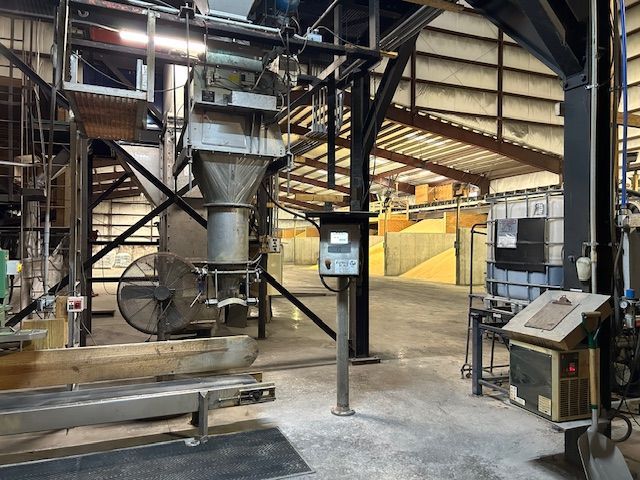
Turf Care Supply, LLC, a portfolio company of Platte River Equity, has officially acquired Beaty Fertilizer, the industry respected Tennessee-based manufacturer and blender of custom granular and liquid fertilizers, as well as combination products. This strategic move expands Turf Care’s manufacturing footprint, adds new product capabilities, and enhances overall production capacity. “The partnership with Beaty Fertilizer marks a major milestone in our journey and an important step forward in our mission to grow, innovate and lead in our industry,” said Mark Mangan, President of Turf Care. “This acquisition is more than just expansion; it’s a powerful opportunity to strengthen our product offerings, broaden our market reach and provide greater value to our customers. By welcoming Beaty into the Turf Care family, we are reinforcing our commitment to excellence and positioning ourselves for an even brighter future.” “We are excited about this next step in the Beaty Fertilizer story. For almost 50 years, our family and our employees have worked hard to serve customers and communities with pride and heart,” said John Beaty, President of Beaty. “Now, we are embracing an opportunity for growth with Turf Care. With our combined know-how and resources, we’ll keep building on what we’ve worked so hard to create and bring even more value to our customers, employees and partners. We truly believe this partnership will keep the Beaty legacy going strong while opening up new doors for growth and innovation.” Tarun Kanthety, Vice President at Platte River, added, “We believe the acquisition of Beaty Fertilizer represents a strategic step in expanding Turf Care’s footprint and product breadth... as it scales and enhances its value proposition to customers.”
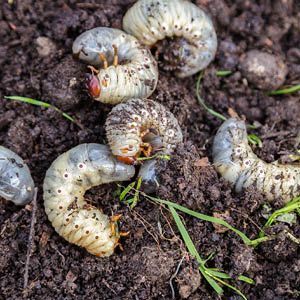
Root out Grubs, Before they Attack Yours! White grubs, the immature stage of several scarab beetles—including Japanese beetles, masked chafers, May and June beetles, and green June beetles—are a major threat to turfgrass across the Southeast. These beetles follow a complete metamorphosis (egg, grub, pupa, adult), with most species completing their cycle in one year. Eggs are laid in early summer, grubs hatch within two weeks, and begin feeding on turfgrass roots through the late summer and fall. May and June beetles differ slightly, with a two- to three-year life cycle and prolonged feeding as third-instar grubs. Grubs damage turf by severing roots, causing grass to yellow, wilt, or lift easily from the soil. Feeding is typically concentrated in patches and worsens during hot, dry weather. Wildlife digging for grubs can create further turf destruction. Healthy turf may tolerate 5–10 grubs per square foot, but damage becomes evident as populations rise or turf is under stress. Early detection and timing are essential. Scouting begins in late June, shortly after adult beetle activity peaks. Monitoring plants favored by beetles can signal egg-laying is underway. Treatment is most effective when small grubs are active—typically from mid-July through early August. For professional turfgrass managers, insecticides containing imidacloprid (Merit®), chlorantraniliprole (Acelepryn®), or trichlorfon (Dylox®) are the most effective tools. The primary months of preventative application of Acelepryn® is from April to end of May and Merit® from April into July - targeting grubs before they hatch. Curative treatments with Dylox® or similar products are applied July through the fall, when young grubs are feeding and most vulnerable. Always follow label directions for optimal application and safety. Timing may vary slightly by regional seasonal needs. Turf Care Supply has a variety of professional TCS Growstar insecticide fertilizers available to protect your turf and prevent grub damage, before it starts. Click on the button below to view products, contact your sales rep for addition TC Growstar products available.

Platte River Equity Portfolio Company Turf Care Supply, LLC Acquires Agri-Nutrients, Inc. Brunswick, OH , October 9, 2024 – Platte River Equity (“Platte River”) portfolio company Turf Care Supply, LLC (“Turf Care”) is pleased to announce its acquisition of Agri-Nutrients, Inc. (“Agri-Nutrients”), a manufacturer and blender of custom granular fertilizers for the turf & ornamental (“T&O”) industry. This strategic acquisition provides Turf Care with an established presence in the south-central United States, an enhanced product portfolio and additional manufacturing capacity. “This acquisition represents much more than a business transaction; it is a strategic step forward in expanding our reach and enhancing our customers’ growth. By bringing Agri-Nutrients into the Turf Care family, we are broadening our product portfolio, expanding our market presence and further positioning ourselves as a leader in providing innovative solutions for our customers,” said Mark Mangan, President of Turf Care. “We are excited about joining the Turf Care team,” said Jim Montgomery, President of Agri-Nutrients. “At Agri-Nutrients, our core values center around customer service and product innovation, and we are confident that this combination will allow us to better serve the needs of our customers.” “Platte River welcomes the Agri-Nutrients team to Turf Care. This transaction underscores our long-term commitment to fostering growth through both organic and inorganic initiatives across the Turf Care platform,” said Tarun Kanthety, Vice President of Platte River. “The partnership with Agri-Nutrients strengthens Turf Care’s value-added offering, creating additional growth opportunities across the combined customer base.” B&A Corporate Advisors served as the exclusive financial advisor to Agri-Nutrients. About Agri-Nutrients Founded in 1992 and based in Catoosa, OK, Agri-Nutrients is a manufacturer and blender of custom granular fertilizers for the T&O industry, predominantly selling into the lawn care, sports turf and golf course end markets. About Turf Care Supply Established in 1974, Turf Care Supply is one of the largest formulators and blenders of urea products to the T&O market. Turf Care has a comprehensive product portfolio of fertilizers, combination products (herbicide/insecticide), soil amendments and enhanced efficiency fertilizer ingredients. Turf Care's products are sold to distributors and blenders serving the commercial, residential and golf end markets. Turf Care operates four manufacturing facilities strategically located throughout the eastern U.S. About Platte River Equity Founded in 2006 and based in Denver, CO, Platte River Equity is a private equity firm focused on investments in established lower middle market operating companies within targeted industrial sectors where it has substantial operating and investing experience. Platte River utilizes prudent capital structures in order to invest in future growth opportunities and withstand changing economic environments. The firm also provides significant ongoing support to its portfolio companies through dedicated resources across functional areas. The firm has raised funds with committed capital in excess of $1.6 billion and is currently investing out of its fifth fund. The Platte River team is the largest collective investor across its funds, deeply aligning the firm with its investors and portfolio company management teams.

